The forklift certification process can vary based on who is providing the training. A formal instructional or educational training on forklift operation must be provided. This can include a lecture, online training courses and videos, written materials and study guides and other educational information on forklift operation and safety. The research shows us that a high volume of the forklift accidents reported are attributed to human error. This could be due to numerous reasons from negligence of the operator to unfamiliarity with the operating equipment.
In this article we are going to be discussing why you should get forklift certified online! We are going to be taking a look at the numerous benefits that come with being forklift certified and how to get the ball rolling and finally get forklift certified.
Why Certification Matters
When it comes to operating forklifts there are all sorts of associated risks and dangers that can impact business. Forklift certification results in minimising risks and having a solid risk management strategy in place.
So, it makes sense that when it comes to being a forklift operator, certification is crucial for best business practices. The certificate serves the purpose of demonstrating that the operator is sufficiently trained and able bodied to operate the equipment.
The Benefits of Getting Forklift Certified
It is pretty obvious why certification is necessary for forklift operators. The appropriate training must be carried out to best minimise potential dangers and risks that come with the nature of the job.
Not only is it great for forklift operators themselves, but it’s good for business also! Research shows us that companies which adopt and successfully implement a strong forklift training program are more likely to succeed in numerous avenues.
Firstly, the cost to the business is lowered because staff are adequately trained and more competent when using the equipment. This results in the reduction of how many forklift accidents occur and, as such, lowers the potential costs associated with accidents and their downtime.
The implementation of inspections before every shift is another fantastic way to minimize associated dangers and work on developing the skills of the operator.
Not only is being forklift certified safer for the operator, better for business, and beneficial for the bottom line, but it is also an OSHA requirement.
How to Get Forklift Certified
Did you know that you can get forklift certified online? It’s true! At first it does seem like it would be necessary to have physical training, but this course isn’t about teaching you how to drive a forklift! Instead, it is about satisfying OSHA safety requirements.
So if you are already an experienced operator, then online forklift certification is perfect for you. Once the training is completed, your certification will be current for the next 3 years. Most courses are set up by your employer because it is their responsibility to ensure the safety of all operators as per the Occupational Safety and Health Administration.
What You Need to Know to Get Started
So now that you have successfully established whether or not this particular forklift certification is right for you, we are going to explain a little further about exactly what is involved.
The course only takes about 1 to 2 hours. However, this is just the average time that students take and you are able to take absolutely as long as you need. You can even intermittently work on the course requirements and come back at another time convenient to you to finish it.
You must pass the test by achieving 70% or more correct answers. Also reliant on completion is ensuring your employer satisfies training requirements, evaluations, and reviews.
This online certification course successfully meets OSHA requirements and provides you with additional training that gives you an edge amongst your colleagues.
If you’ve never driven a forklift, know that you can learn at places like trade schools, trucking schools, and local community colleges.
However, if you have identified that forklift certification is precisely what you need at this time in your career, then get online to get your certification fast! As mentioned above, in just 1 to 2 hours you can become completely OSHA compliant. Start your online training today!

AUTHOR: Norm Lanier BIO: Norm Lanier is the owner of US Forklift, providing online OSHA-required forklift safety training and certification for as little as $28.
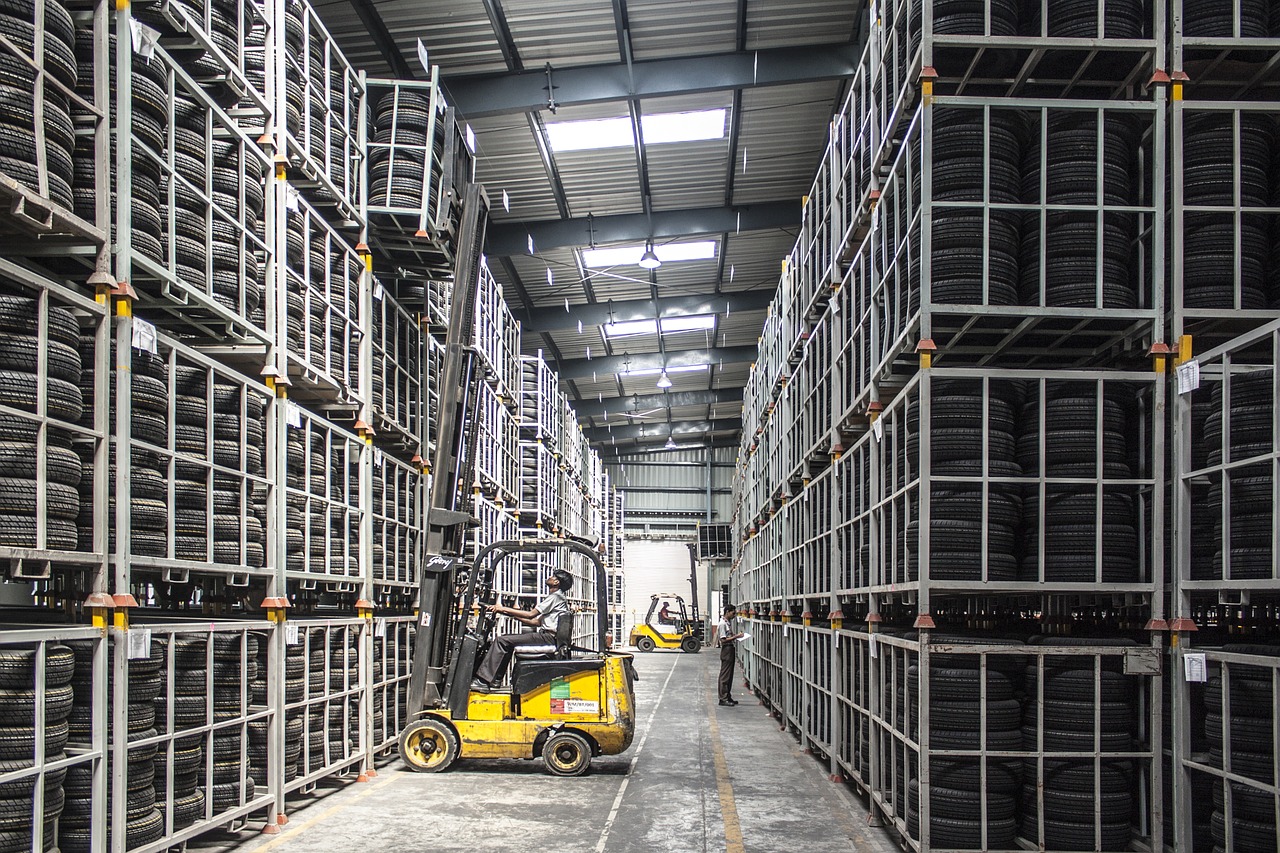

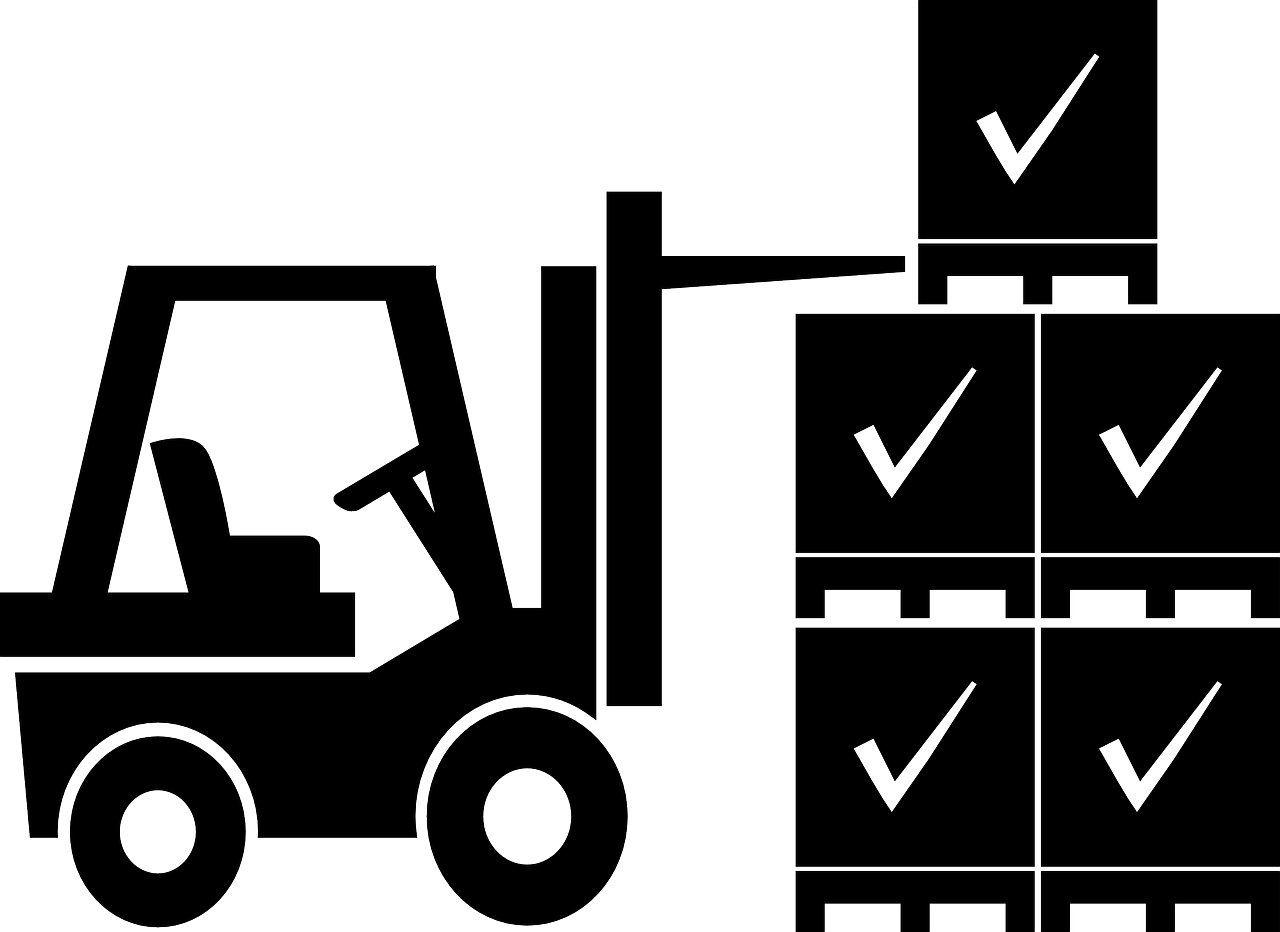
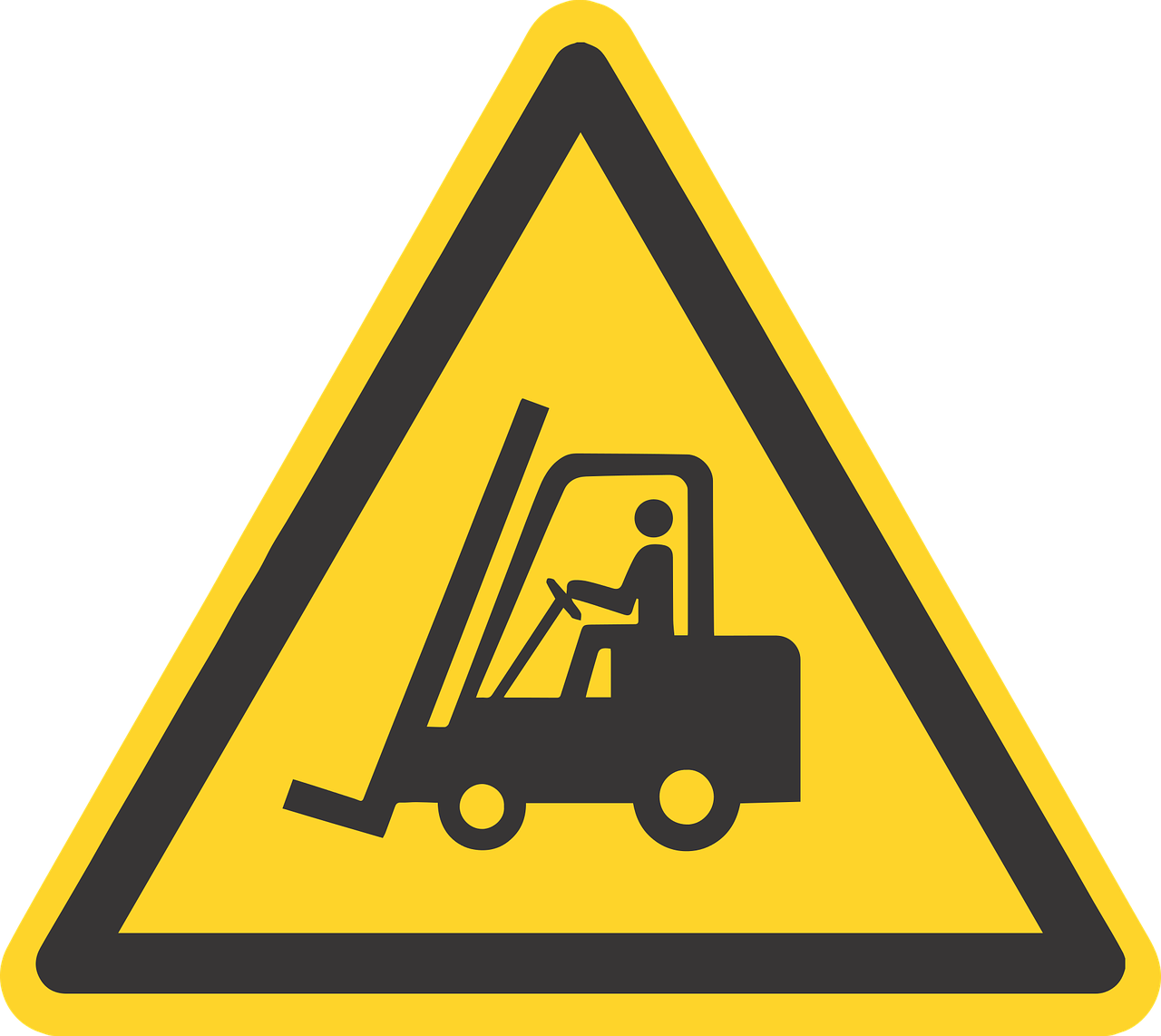
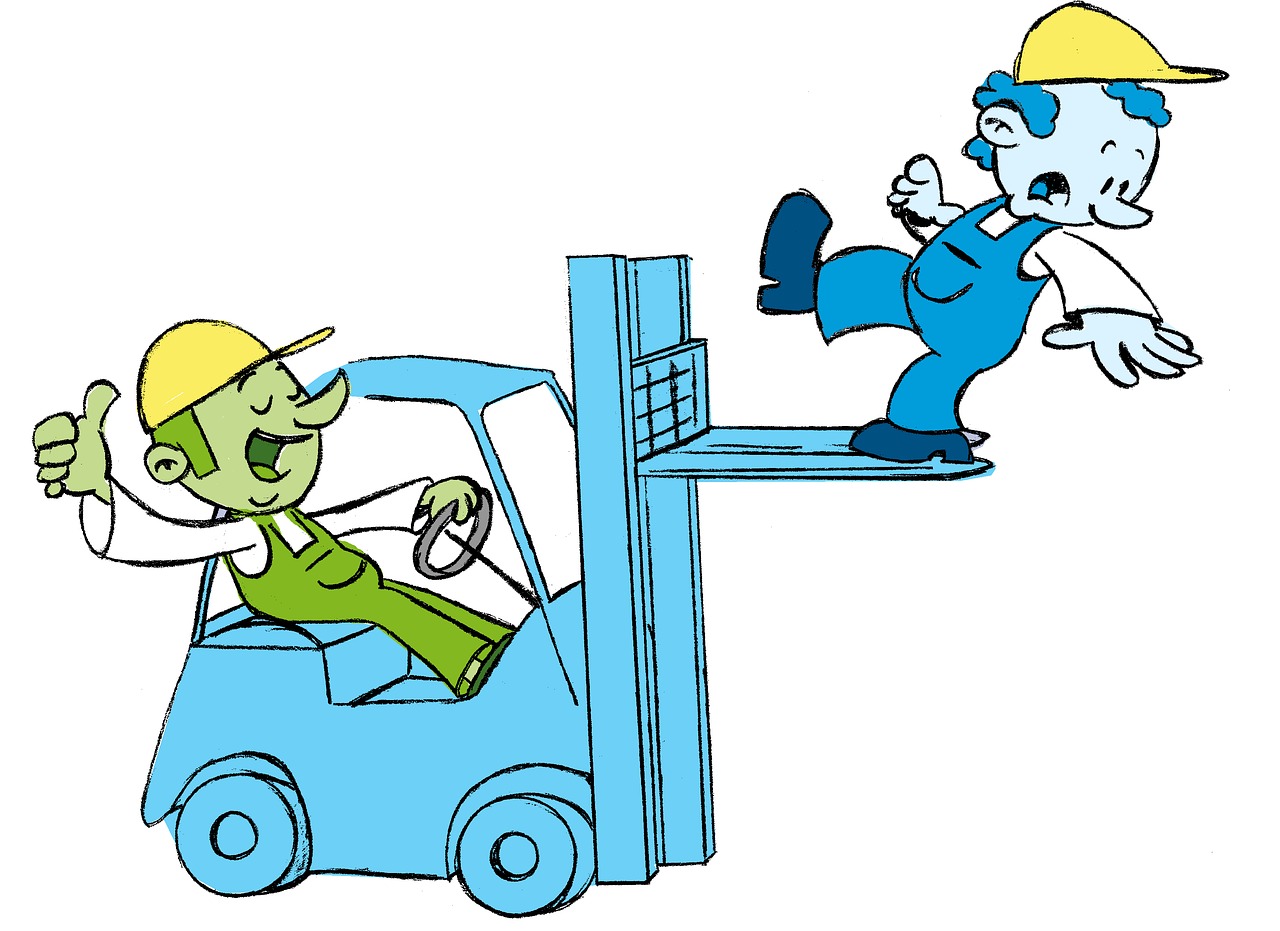 They might look fun to operate, but forklifts are nothing to be toyed with. They are a serious workplace hazard. Forklift drivers are constantly at risk of injury when operating them. Accidents range from human injury to equipment destruction. Proper safety precautions are absolutely necessary to keep this from happening. Here are some examples of how to implement safety measures.
They might look fun to operate, but forklifts are nothing to be toyed with. They are a serious workplace hazard. Forklift drivers are constantly at risk of injury when operating them. Accidents range from human injury to equipment destruction. Proper safety precautions are absolutely necessary to keep this from happening. Here are some examples of how to implement safety measures.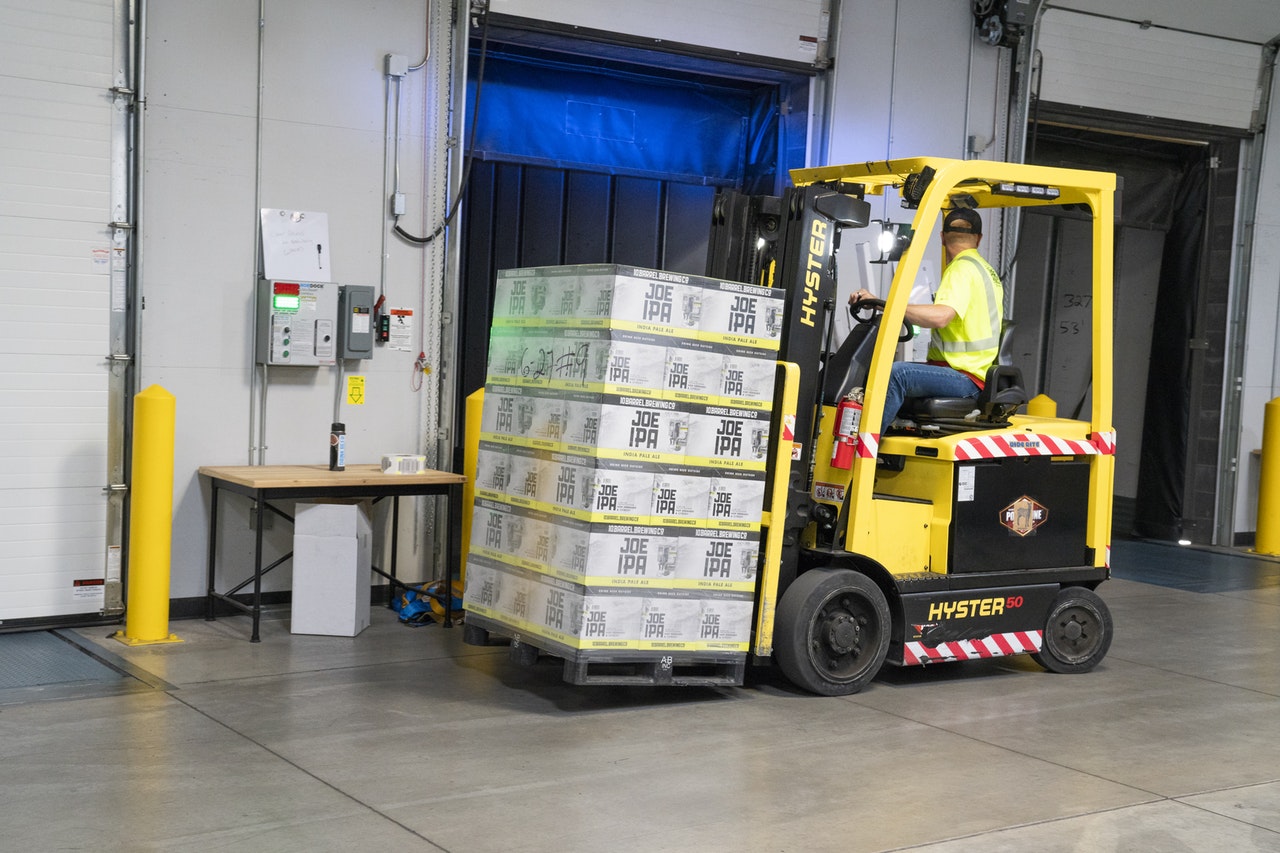
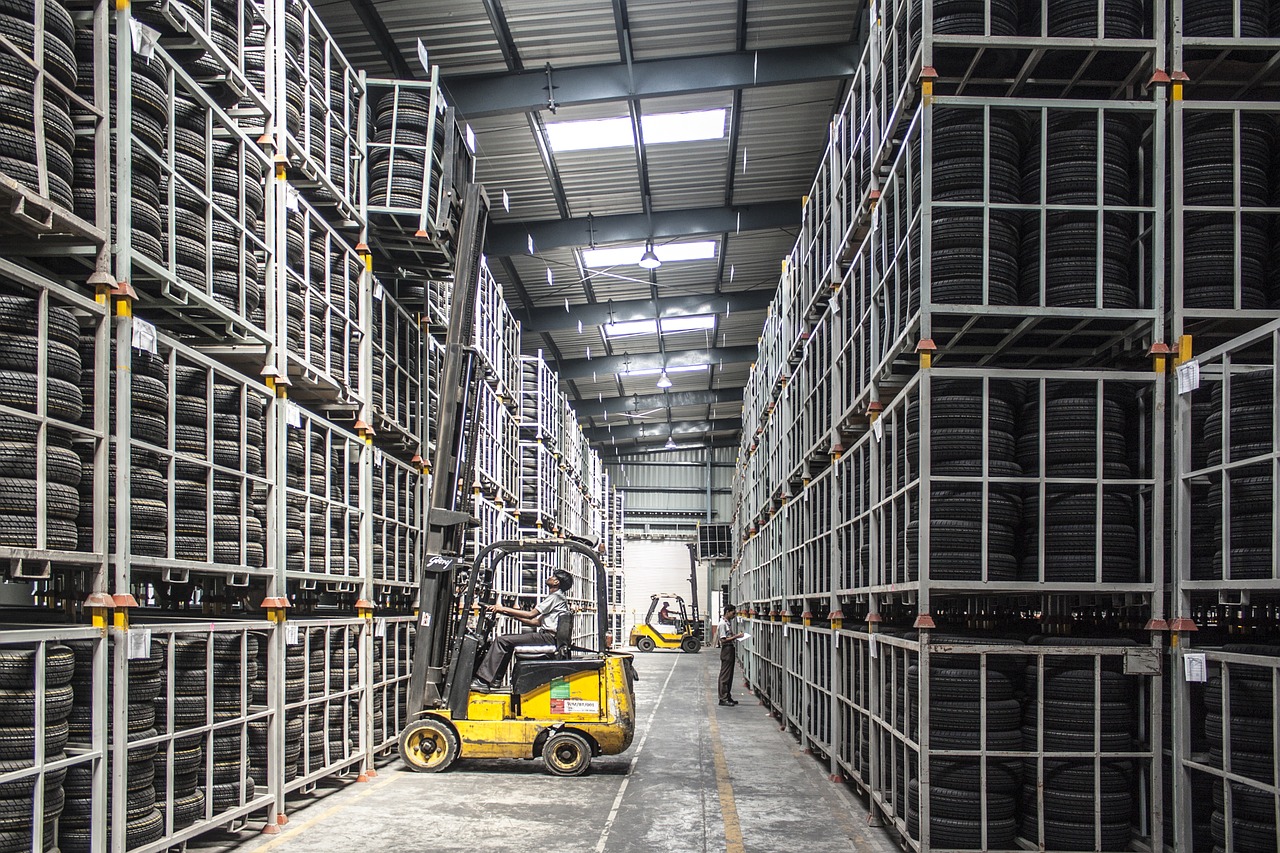
 Liam Smith is a young and aspiring Australian blogger with a passion for everything related to home, design and lifestyle. He has a B.Sc. in Interior design and is an avid reader.
Liam Smith is a young and aspiring Australian blogger with a passion for everything related to home, design and lifestyle. He has a B.Sc. in Interior design and is an avid reader.